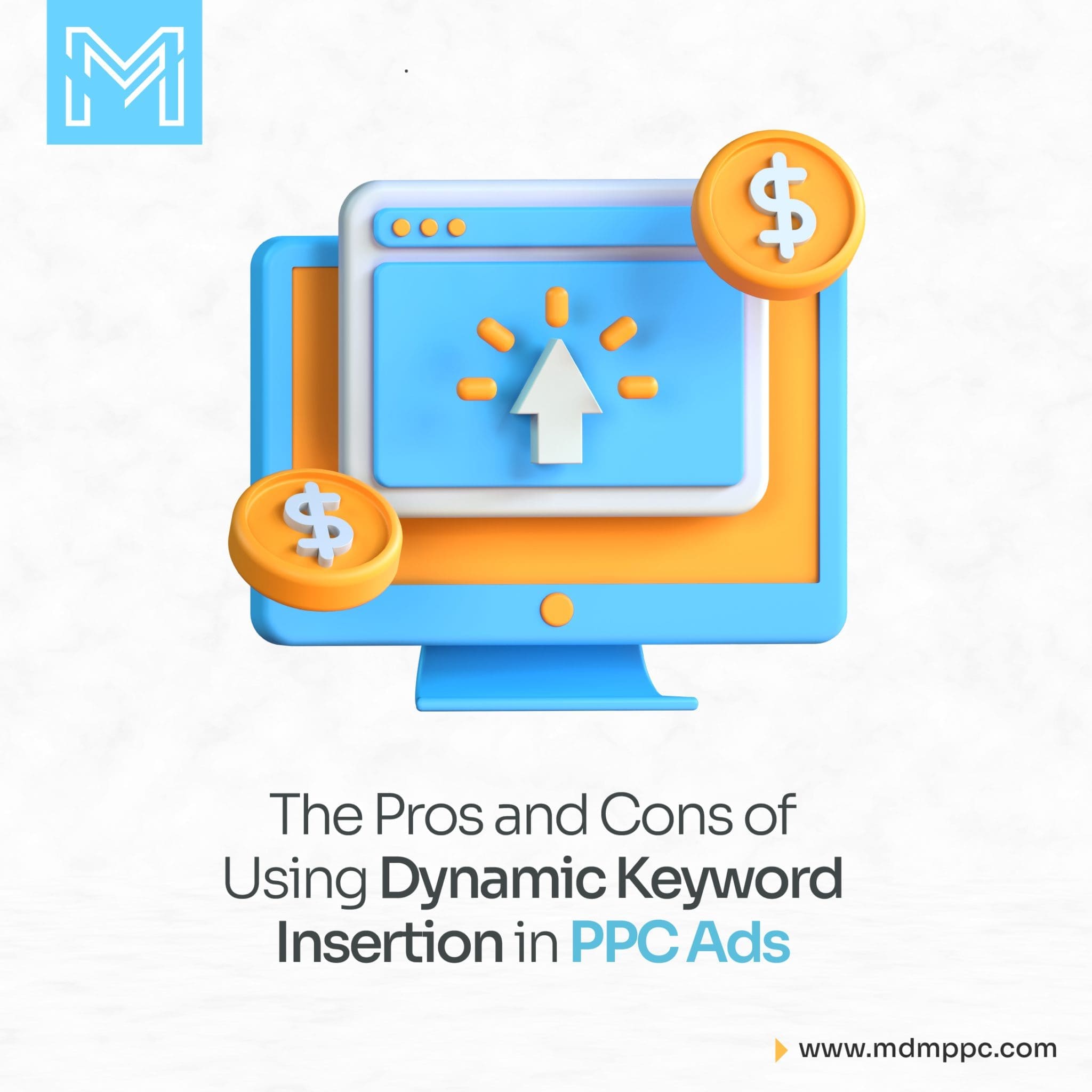In a world where attention spans are shorter than ever, winning a customer often comes down to just five seconds. That’s where micro-moments come in those split seconds when someone turns to their phone with a need: to know, to go, to buy, or to do.
These intent-driven moments are now make-or-break points in the buyer journey. And if your brand isn’t there or fast enough you’re out.
In this blog, we’ll break down what micro-moments are, how mobile-first behavior has redefined customer expectations, and what businesses need to do to capture intent in real time.
What Are Micro-Moments?
Micro-moments are those small but powerful windows of opportunity when people instinctively turn to their phone to find something, do something, buy something, or learn something… fast.
Google defines them as intent-rich moments when decisions are made and preferences shaped in seconds. They’re not planned. They happen on the go at the bus stop, during lunch, in-store, or mid-conversation.
These moments fall into four key categories:
- I-want-to-know moments – Research-driven, like “best hybrid cars 2025”
- I-want-to-go moments – Location-focused, like “coffee shops near me”
- I-want-to-do moments – Action-oriented, like “how to fix a leaky faucet”
- I-want-to-buy moments – Purchase-ready, like “buy iPhone charger online”
What makes micro-moments different? Intent + urgency. People aren’t browsing. They’re looking to solve a problem or make a decision right now.
And most of these moments happen on mobile.
That means brands only have a few seconds to show up, be useful, and make the next step easy. If your content, ads, or answers aren’t present and relevant at that exact time, you’ve lost the opportunity—because your competitors probably are.
In today’s hyper-connected world, micro-moments are the new battleground for customer attention. And the brands that win them? They’re not necessarily the biggest but the fastest, most helpful, and most relevant.
The Mobile-First Mindset
If micro-moments are the battleground, mobile is the battlefield.
Today’s consumers don’t wait to get home and search on a laptop; they act on their impulses in real time, from the palm of their hand. Whether they’re standing in a store aisle or waiting at a red light (yes, really), their phone becomes the go-to source for instant answers.
This shift has created a mobile-first mindset, where businesses must prioritize mobile performance, speed, and user experience to stay competitive.
Here’s what that really means for your brand:
1. Speed = Survival
Your site needs to load really fast. According to Google, 53% of mobile users abandon a site that takes longer than 3 seconds to load. That means if your website isn’t lightning-quick, you’re losing leads before they even see your message.
2. Design for Thumbs
Navigation should be easy, clear, and built for mobile behavior. Think:
- Tap-friendly buttons
- Simple menus
- No zooming required
If users have to pinch, scroll endlessly, or dig for info, they’ll bounce.
3. Serve the Right Content
In micro-moments, people don’t want to read a novel, they want fast, relevant content. Use headings, bullet points, and clear CTAs to deliver your message in seconds.
4. Optimize for Local
Mobile-first also means location-first. When someone searches for “salons near me” or “pizza open now,” they want a nearby answer fast.
Keep your Google Business Profile updated, use location-specific keywords, and make sure your site clearly displays contact info, hours, and directions.
5. Be Present on All Mobile Touchpoints
From search ads to Maps to YouTube Shorts mobile users are everywhere. The more surfaces you appear on, the more likely you are to win the moment.
In a mobile-first world, the brands that respond fast and deliver value instantly will always have the edge.
Why Traditional Marketing Tactics Are Fading
In a world of micro-moments, old-school marketing playbooks just don’t cut it anymore.
Traditional tactics like scheduled newsletters, monthly content calendars, and even long-form brand storytelling are losing their grip.
Why? Because today’s customers aren’t waiting around to be marketed to. They’re searching, swiping, comparing, and deciding in real time.
Here’s what’s changing:
1. Attention Spans Are Measured in Seconds
The average consumer spends less than 8 seconds deciding whether to engage or scroll. That leaves little room for drawn-out pitches, slow-loading pages, or content buried three clicks deep. If your message doesn’t show up instantly and clearly, it gets skipped.
2. “Set It and Forget It” No Longer Works
In the past, brands could plan big campaigns, launch, and watch results roll in. Today, marketing needs to be dynamic. You have to respond to trends, search intent, and behavior shifts sometimes daily. Micro-moment marketing thrives on agility.
3. One-Way Messaging Falls Flat
Traditional ads talk at customers. Micro-moment marketing speaks with them. Consumers are no longer passive; they’re researching, questioning, and expecting answers fast. Brands that don’t meet that intent lose credibility and clicks.
4. Broad Campaigns Miss the Mark
Spray-and-pray marketing is inefficient. People now search with specific, high-intent queries like “best vegan lunch near me open now.” Generic messaging won’t win in these moments you need hyper-relevance and personalization.
5. Mobile Has Changed the Game
Traditional marketing was built for billboards and desktops. Micro-moments happen on mobile and demand speed, clarity, and convenience. If your campaign isn’t mobile-optimized, it’s invisible.
Urgency-Driven Ad Strategies That Win
In the era of micro-moments, timing is everything and urgency is your greatest weapon.
When customers want answers now, your ad needs to feel like the solution they can’t ignore. Whether it’s “best running shoes near me” or “AC repair in 30 minutes,” micro-moment searches scream immediacy. And if your ads don’t match that urgency, someone else’s will.
Here’s how to win those high-intent seconds:
1. Use Time-Sensitive Language
Phrases like “limited-time,” “book now,” “same-day,” and “in-stock today” tap into urgency psychology. Customers in micro-moments are ready to act; they just need a reason to choose you right now.
2. Match the Moment with the Message
If someone searches “emergency plumber near me,” your ad better say “24/7 plumbing available now” not just “licensed local plumber.” Align your copy with their immediate needs.
3. Highlight Speed and Convenience
Fast-loading landing pages, click-to-call buttons, and visible hours build trust in seconds. Make it easy for users to take the next step especially on mobile.
4. Geo-Target and Schedule Strategically
Micro-moments are often local. Use radius targeting and ad scheduling to reach users where and when they’re most likely to convert.
Think: lunch-hour promos or late-night delivery ads.
5. Test and Adapt Quickly
What worked last month may flop today. Run A/B tests on urgency-driven headlines, CTAs, and formats (like responsive search ads or call-only ads) to see what wins each moment.
Psychology Behind Winning Ad Copy
In micro-moments, your ad copy has one job: make the user stop scrolling and take action fast.
You don’t have the luxury of long explanations or clever storytelling. You have seconds. That’s where psychology comes in.
Here’s how to craft ad copy that hits hard and converts faster:
1. Mirror the User’s Intent
People search with a purpose. Your copy should instantly reflect that purpose back at them.
Example: If someone searches “last-minute birthday gift,” your ad should read: “Same-Day Gift Delivery – Order by 3PM!”
2. Tap into FOMO (Fear of Missing Out)
Scarcity and urgency drive action. Words like “limited stock,” “ends tonight,” or “only 3 left” light up the brain’s fear of loss motivating clicks.
3. Be Clear, Not Clever
In a micro-moment, clarity beats creativity. Skip the fluff. Use short, punchy lines that get straight to the value: “Free quote in 30 seconds.” “Repair your AC today.” “Deals on flights now.”
4. Add Numbers or Proof
Social proof builds instant trust. Mention ratings (“4.9 stars on Google”), numbers (“Trusted by 2,000+ clients”), or guarantees (“Money-back guarantee”).
5. Give a Simple Next Step
A great ad ends with a clear CTA. Tell them exactly what to do next: “Call now.” “Shop the sale.” “Book in 2 clicks.”
SEO for Micro-Moment Visibility
If you want to win micro-moments, your content needs to show up the second intent strikes. That’s where smart SEO makes all the difference.
Micro-moment SEO isn’t about ranking for generic keywords, it’s about anticipating high-intent, real-time queries and being the go-to answer.
Here’s how to optimize for visibility when every second counts:
1. Focus on Long-Tail, Intent-Driven Keywords
Micro-moments start with specific searches like “best coffee shop near me open now” or “how to fix a leaking tap quickly.”
These long-tail keywords show intent. Build pages that answer them clearly and directly.
2. Optimize for Mobile Search
Most micro-moments happen on mobile. That means fast-loading pages, short meta descriptions, clear CTAs, and mobile-friendly design.
Tip: Use tools like Google’s Mobile-Friendly Test and PageSpeed Insights to check performance.
3. Use Structured Data (Schema Markup)
Schema helps search engines understand your content better and increases the chance of being featured in snippets or AI summaries.
Local Business, FAQ, and How-To schemas are especially useful for micro-moment queries.
4. Answer Questions Quickly
Use bullet points, H2s, and short paragraphs to answer user questions upfront. Think of your content as a featured snippet waiting to happen.
5. Optimize Google Business Profile
For local micro-moments (“near me” searches), your Google Business Profile matters more than your website. Keep it updated with hours, services, reviews, and photos.
Micro-Moment Marketing for Local & Niche Businesses
If you’re a local or niche business, micro-moments are your secret weapon.
Why? Because when someone searches “dog groomer near me” or “emergency electrician open now,” they’re ready to buy. You don’t need a huge ad budget or global reach, you just need to show up with the right message at the right time.
Here’s how to make micro-moment marketing work for your business:
1. Own Your Local Keywords
Use hyper-local phrases in your SEO and ad copy think “24/7 AC repair in Miami” or “vegan bakery in Brooklyn.” Add neighbourhood names, zip codes, and local landmarks where relevant.
2. Maximize Your Google Business Profile
This is prime real estate for micro-moments. Update it regularly with business hours, services, photos, FAQs, and recent reviews. Many users won’t even visit your website, they’ll decide from your profile alone.
3. Promote Instant Solutions
Offer things people need now: same-day service, instant booking, local deals. Highlight these benefits in both your organic content and paid campaigns.
4. Use Social Proof to Build Trust
When time is tight, people choose the business they trust most. Show off ratings, testimonials, and real results to build instant credibility.
Action Plan: How to Win in Micro-Moments
Micro-moments don’t wait. To win them, your marketing needs to be faster, sharper, and built around real-time intent.
Here’s your quick-hit action plan to dominate the moments that matter:
1. Map Your Customer’s Micro-Moments
Think: What are they searching right before they need you? Identify “I want to know,” “I want to go,” “I want to buy,” and “I want to do” moments for your audience.
2. Create Content That Answers Fast
Build landing pages, blogs, or FAQs that directly solve user problems in under 10 seconds. Use bullet points, short paragraphs, and strong CTAs.
3. Optimize Everything for Mobile
Speed matters. Make sure your website loads fast, is easy to navigate, and keeps forms short. Test it regularly on mobile.
4. Use Paid Search to Target High-Intent Keywords
Bid on long-tail and local terms with urgent signals like “near me,” “open now,” or “same-day.” Match your ad copy to the user’s moment.
5. Update Your Google Business Profile
Keep it fresh with accurate info, reviews, service details, and visuals. It’s often the first impression in a micro-moment.
6. Leverage Automation & AI Tools
Use smart bidding, AI-powered ad platforms, and analytics to track and respond to moment-based behaviour.
Conclusion
Micro-moments aren’t a trend, they’re the new reality of consumer behaviour. Winning them means being present, relevant, and lightning-fast across mobile and local touchpoints. Traditional tactics won’t cut it. You need intent-driven content, urgent ad strategies, and SEO that answers before they scroll.
Map the moments, show up with value, and meet your customers exactly when they need you.
Need help building a strategy that wins in 5 seconds or less?
Let’s turn those micro-moments into major growth—together.
FAQs
1. What is a micro-moment in marketing?
A micro-moment is an intent-driven action where users turn to their phone to search, learn, or buy instantly. These moments are short, spontaneous, and packed with high conversion potential like “best pizza near me now” or “how to reset iPhone.”
2. Why are micro-moments important for small businesses?
Micro-moments help small businesses compete with speed, relevance, and proximity without a huge ad budget. Showing up with the right message at the right time builds trust and drives real-time conversions.
3. How do I optimize my website for micro-moment traffic?
Focus on mobile speed, clear CTAs, and intent-specific content. Use long-tail keywords, answer common questions fast, and ensure your Google Business Profile is fully updated for local visibility.
4. Can paid ads help capture micro-moments?
Absolutely. Paid search lets you target high-intent queries with urgency-driven copy. Use geo-targeting, “near me” keywords, and time-sensitive offers to win clicks in the moments that matter.





